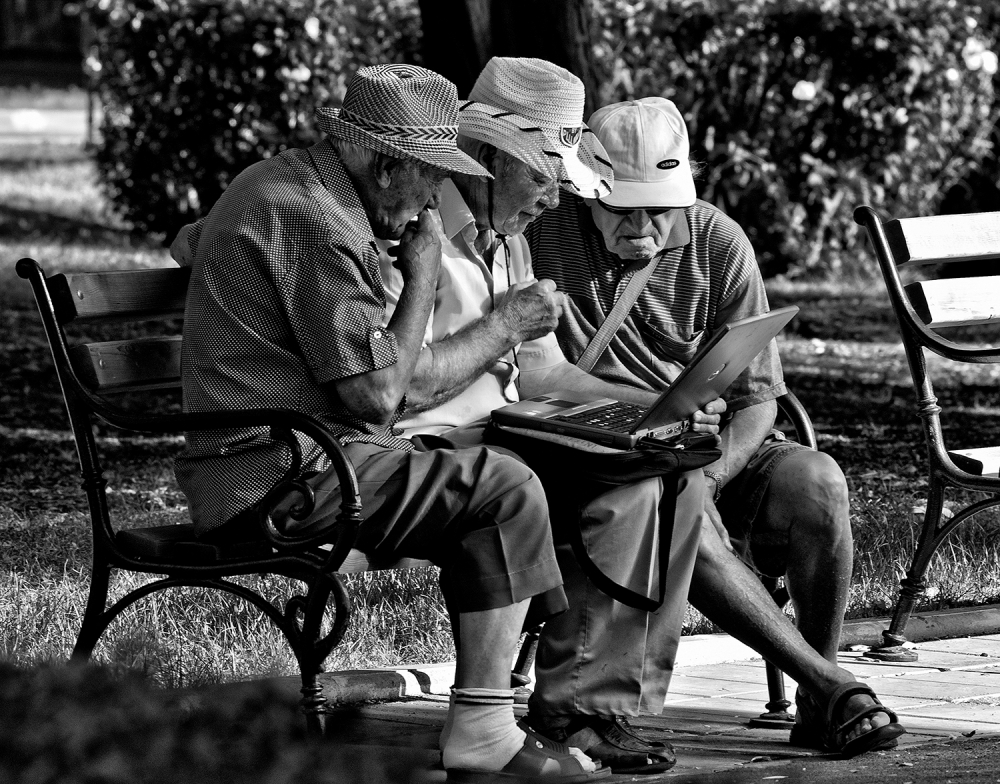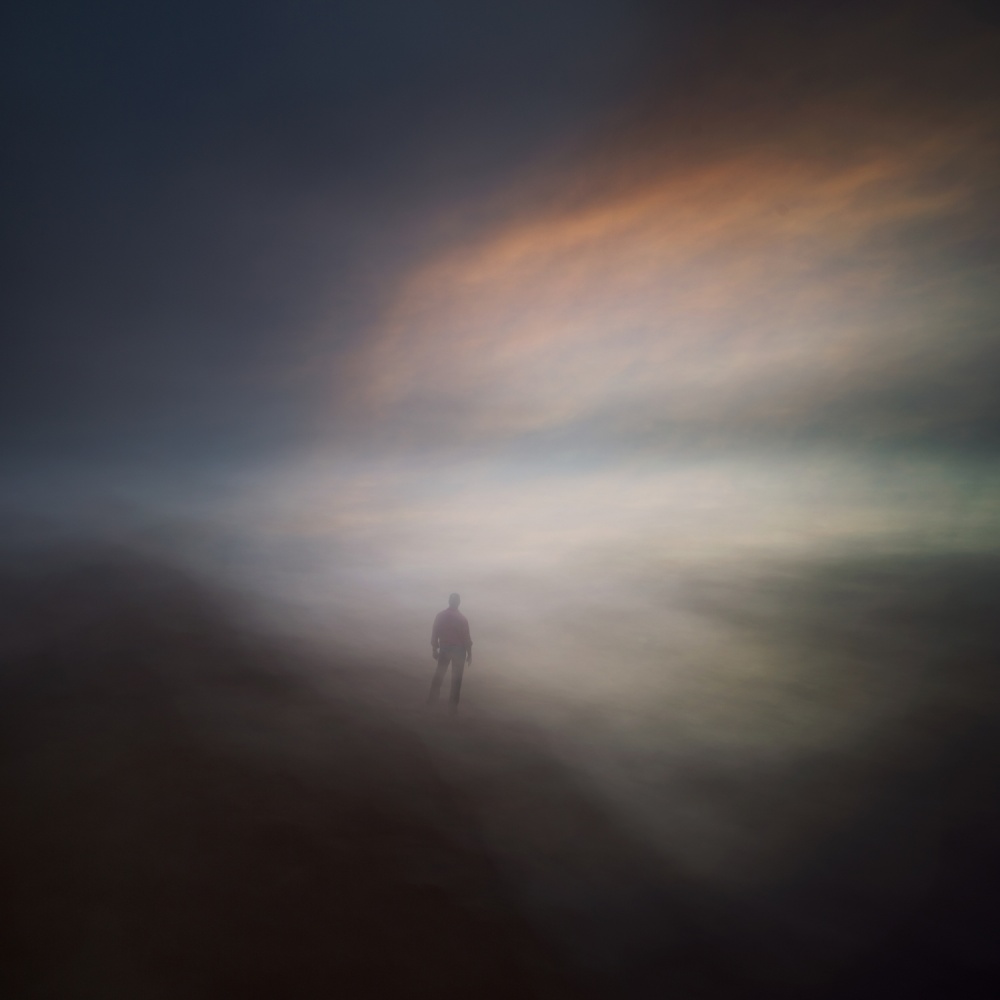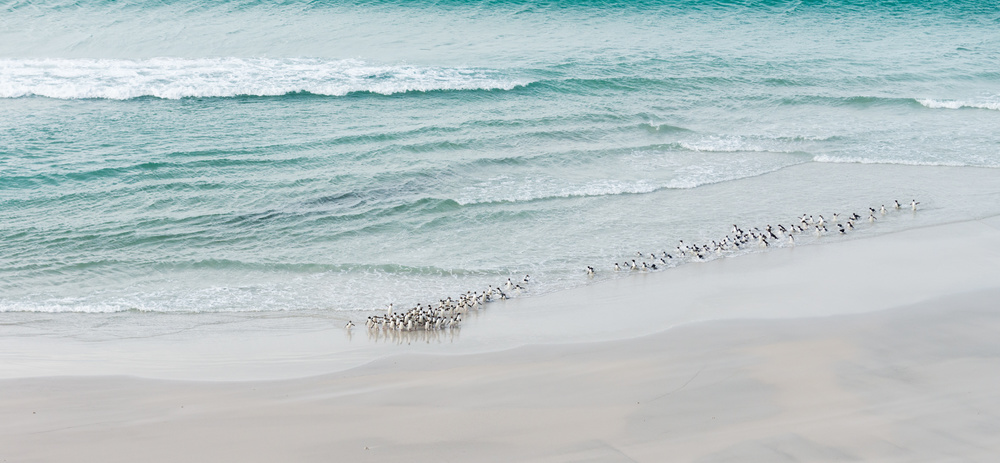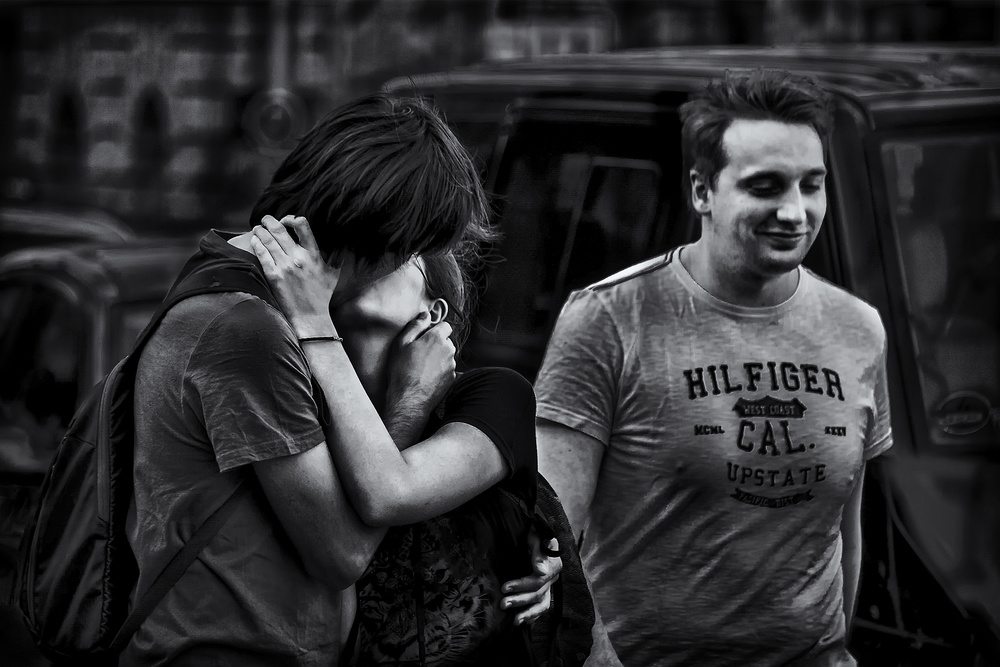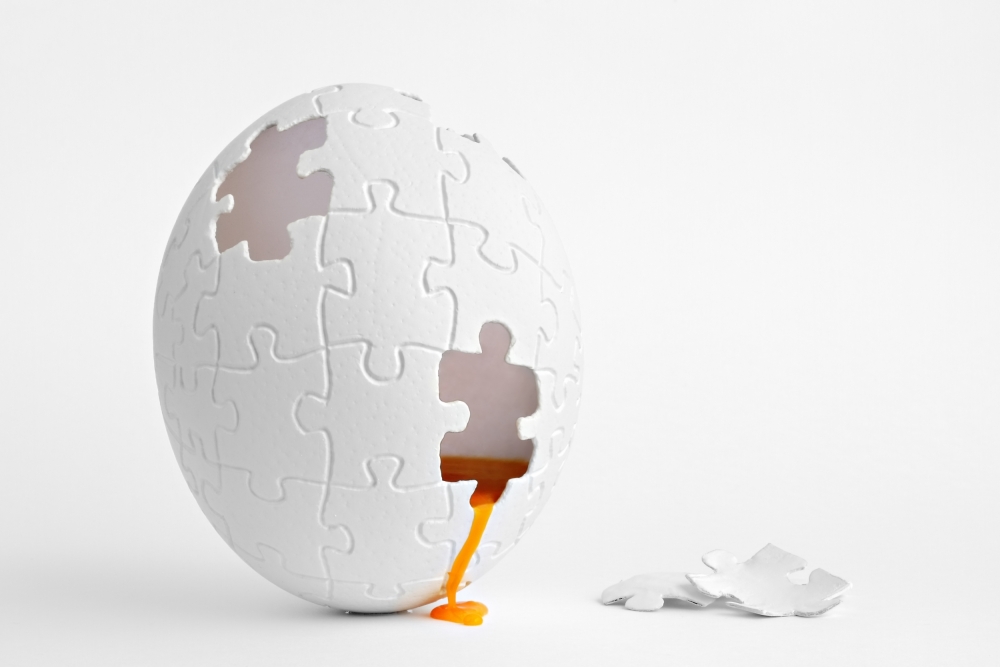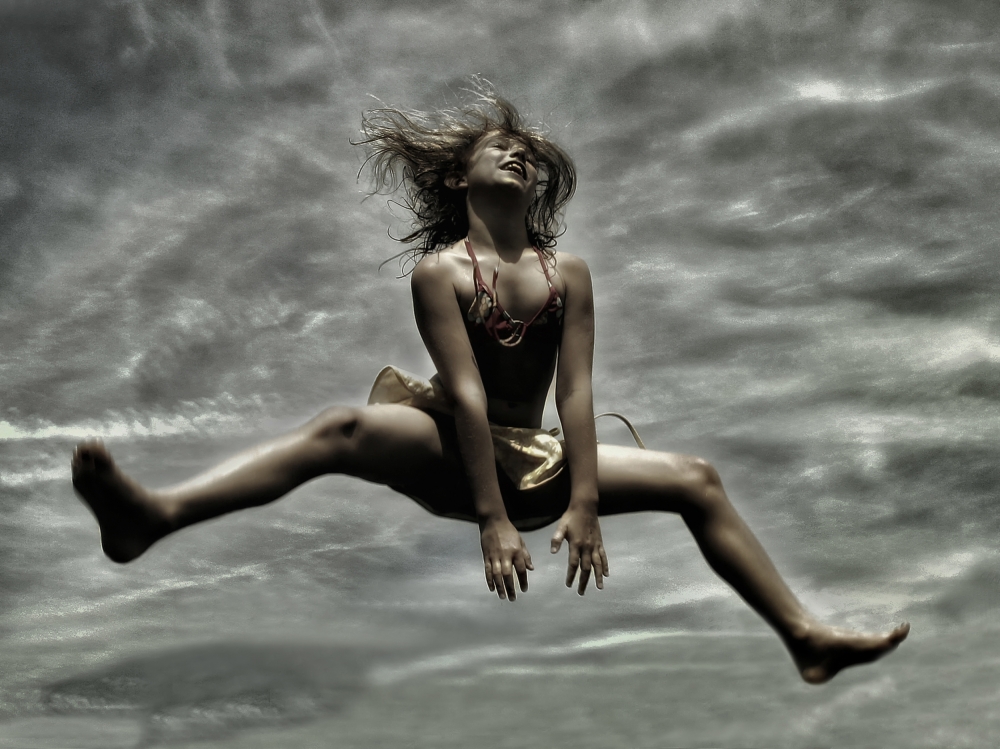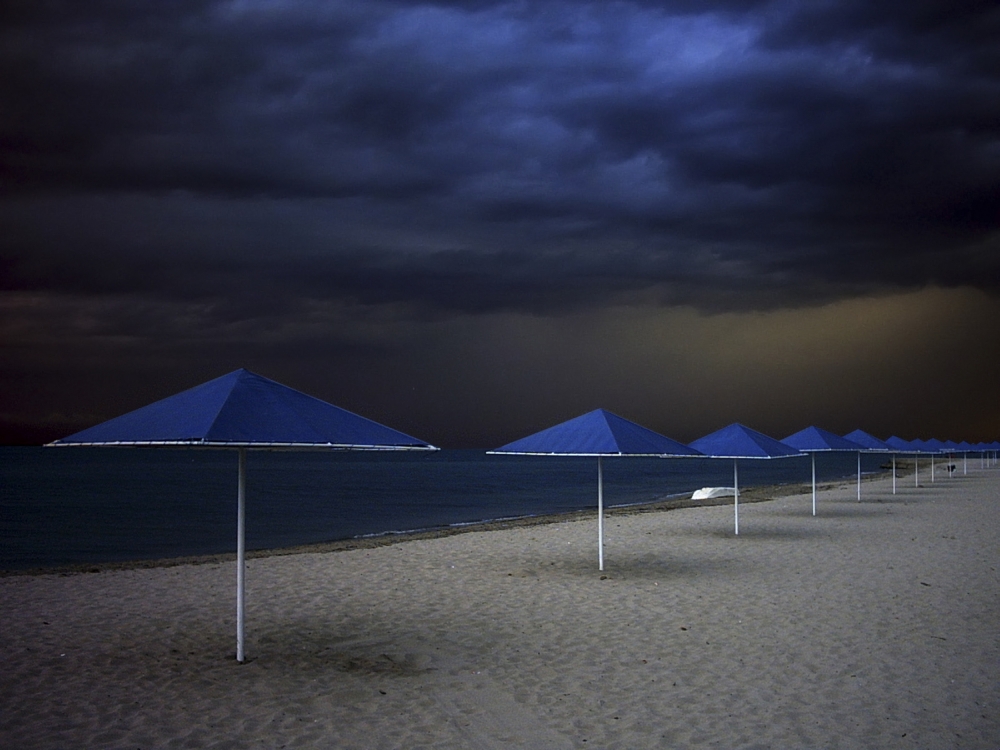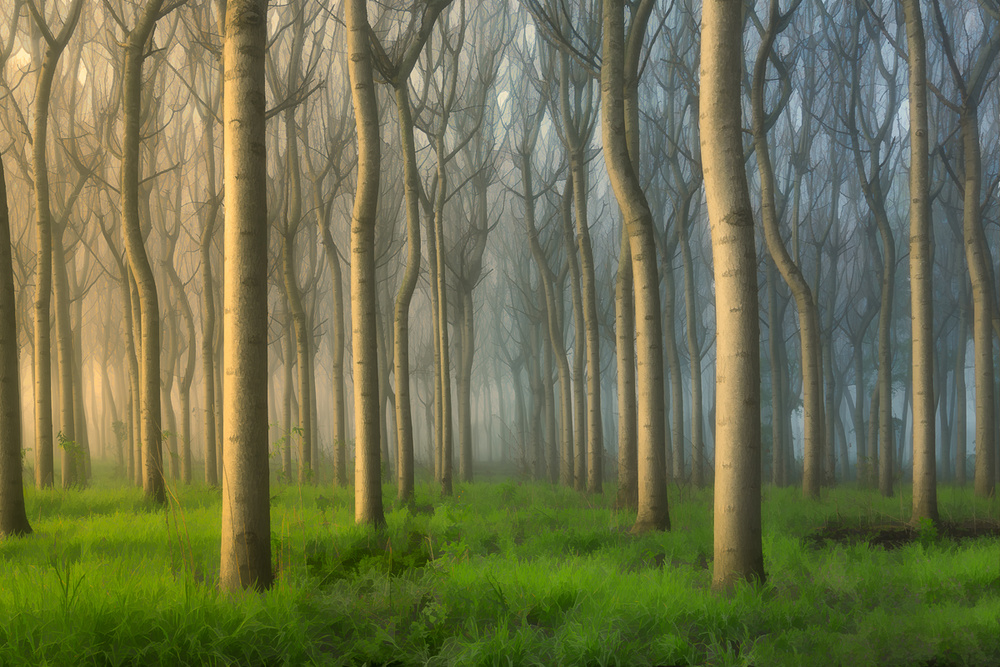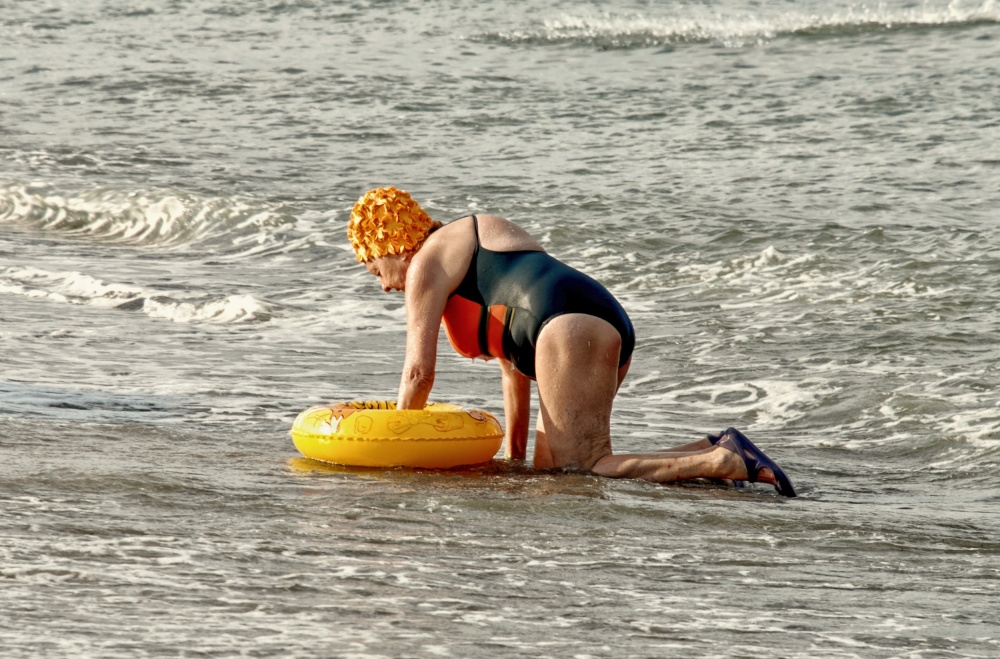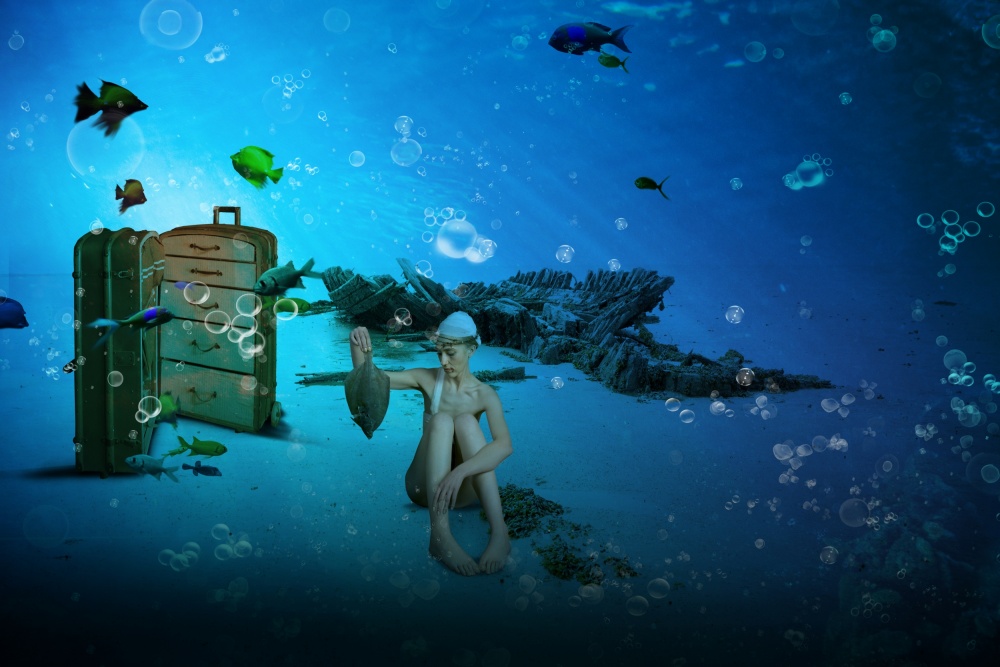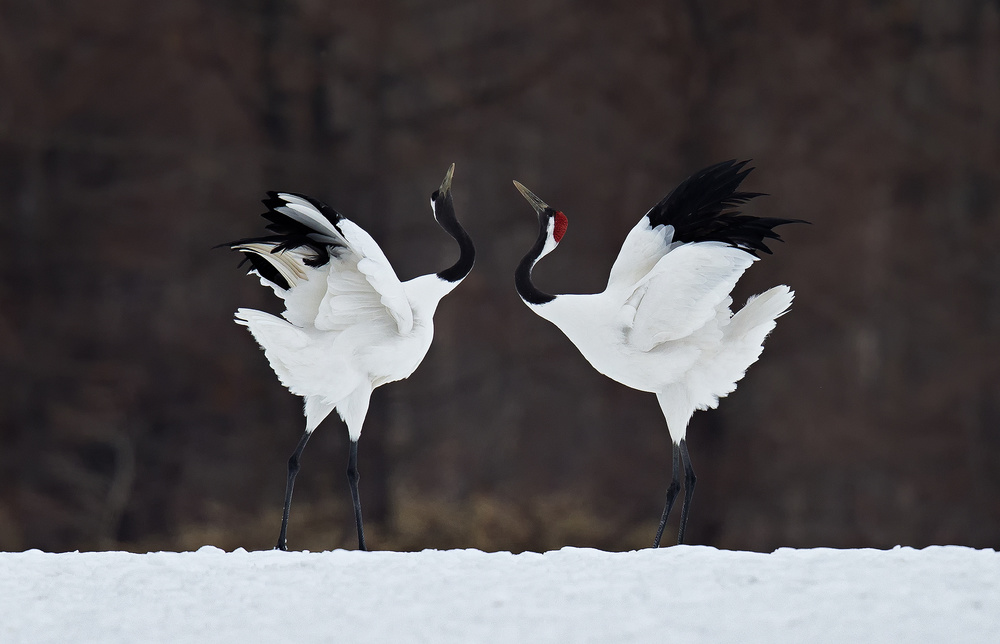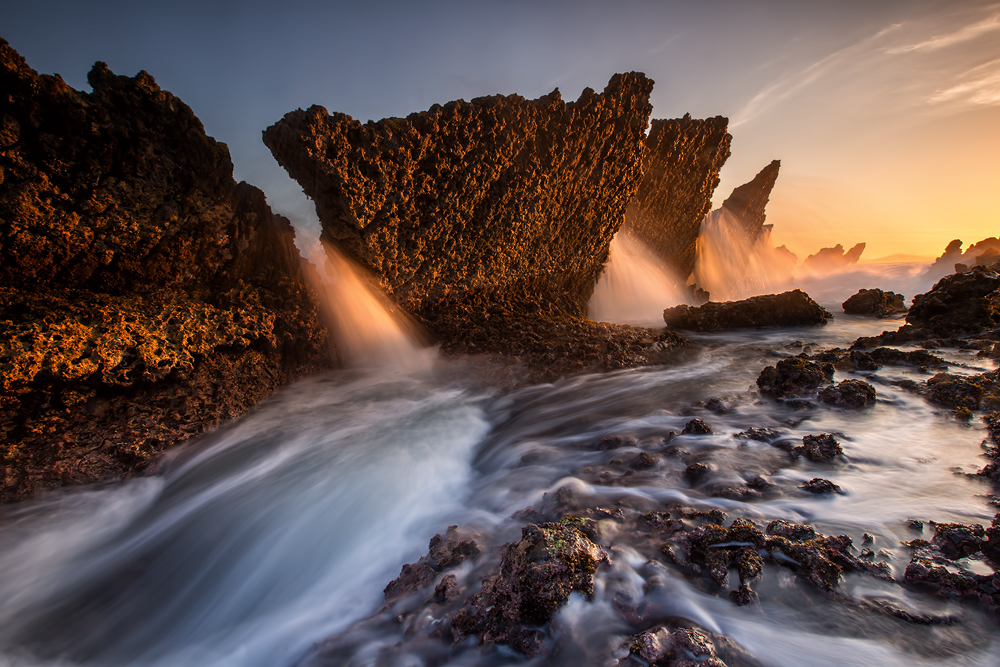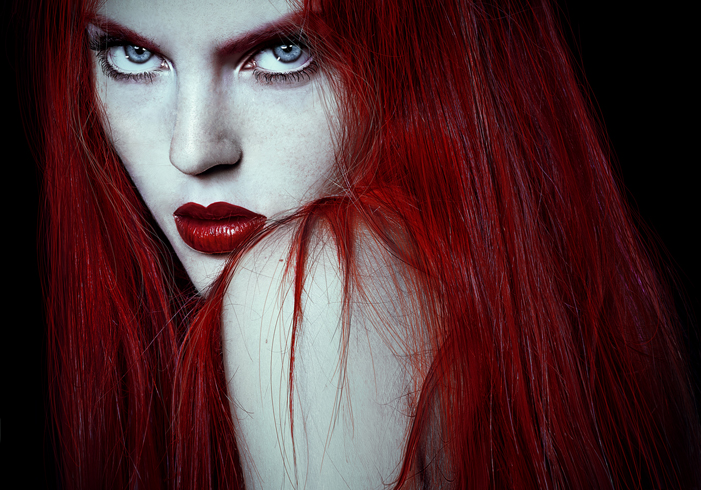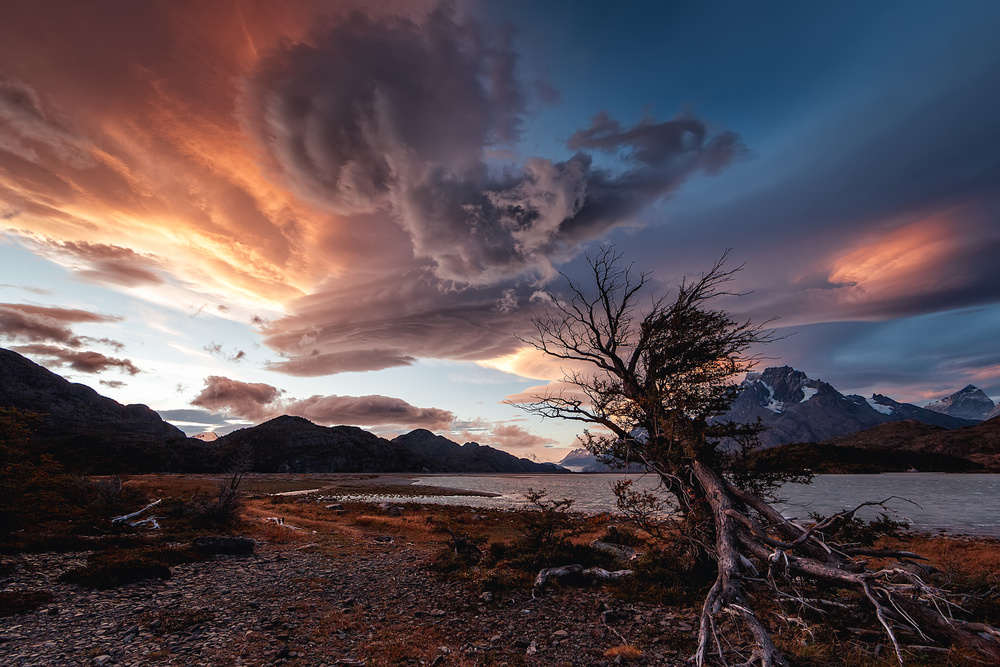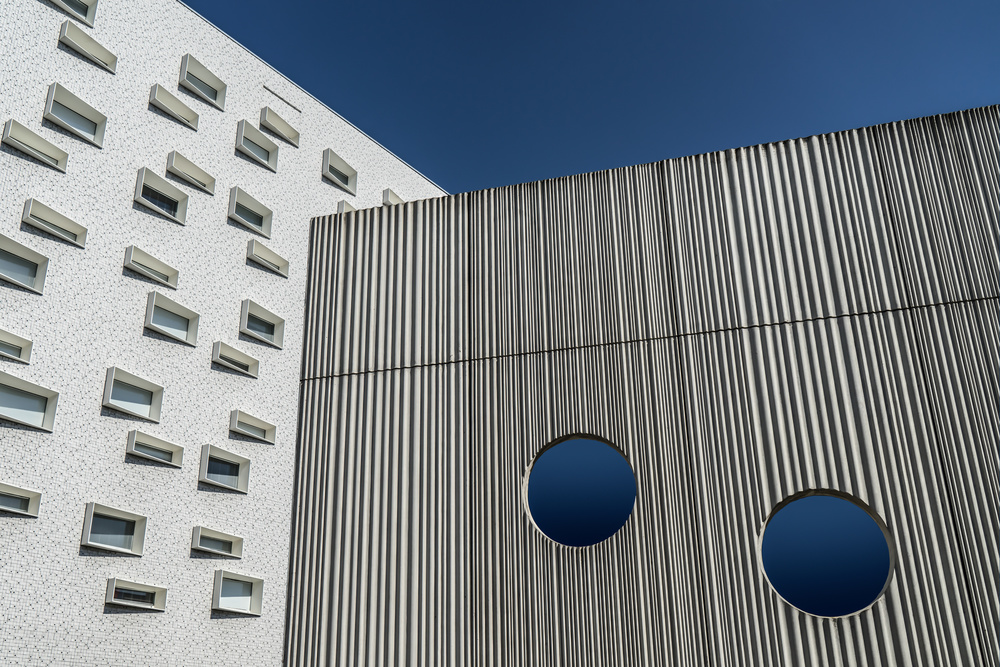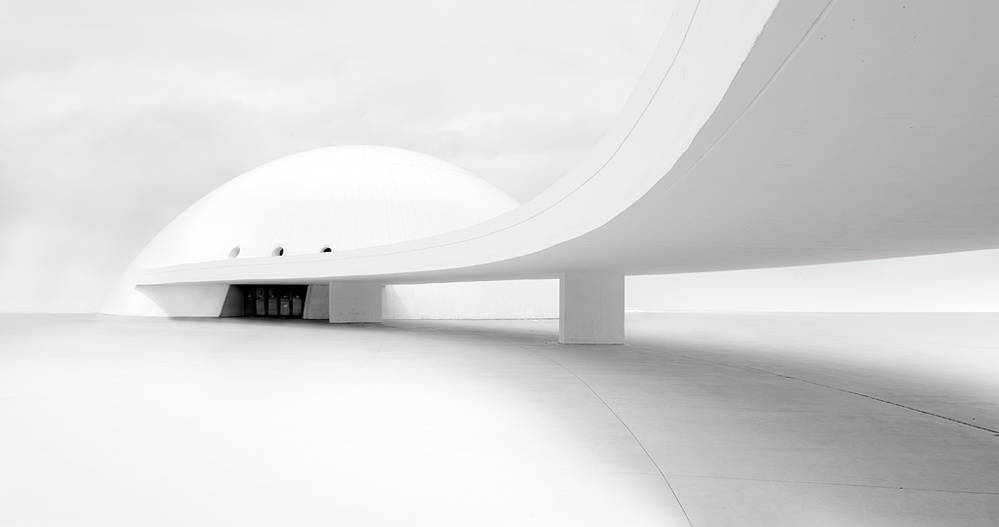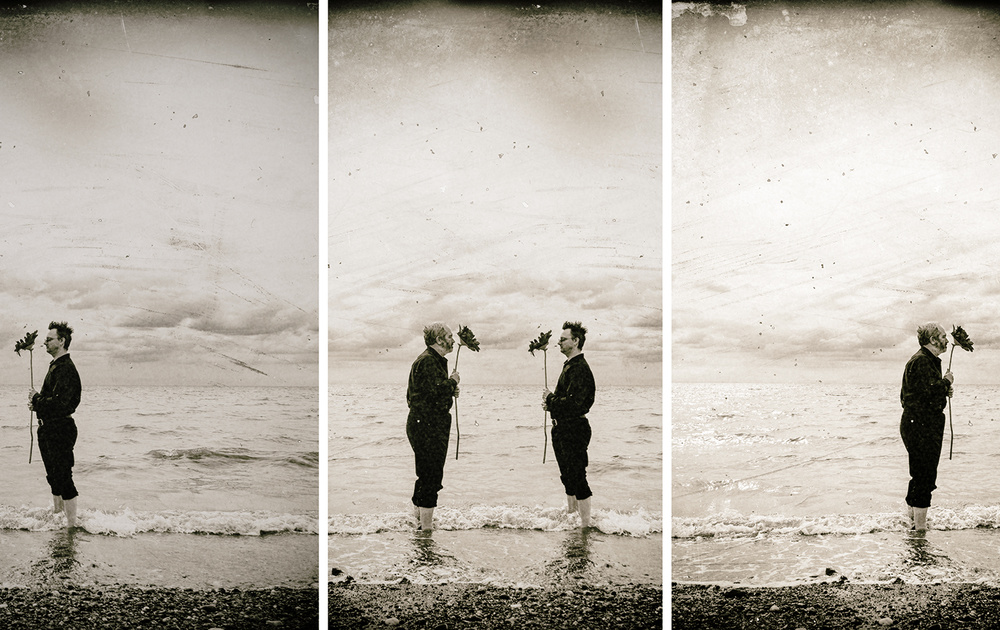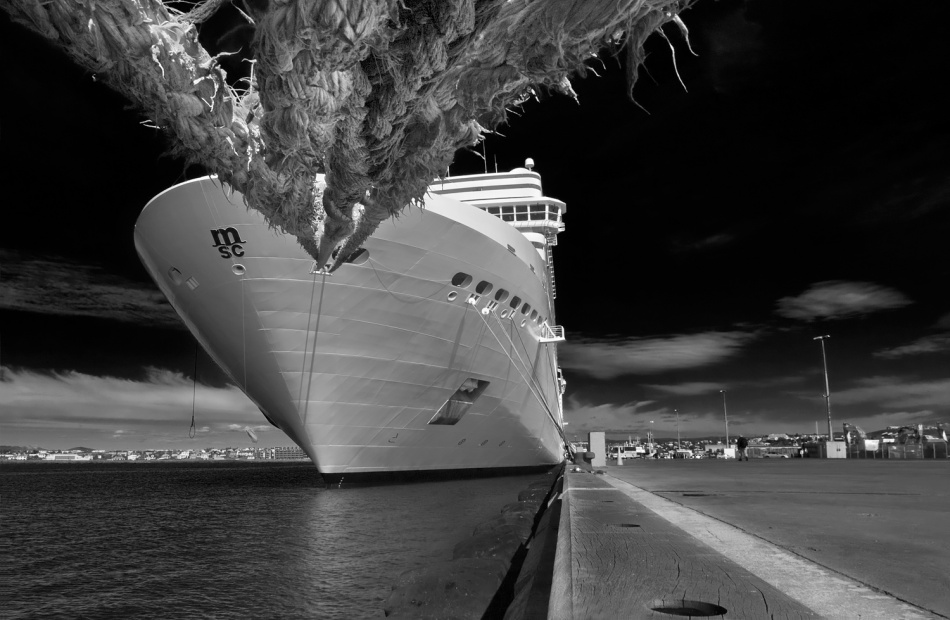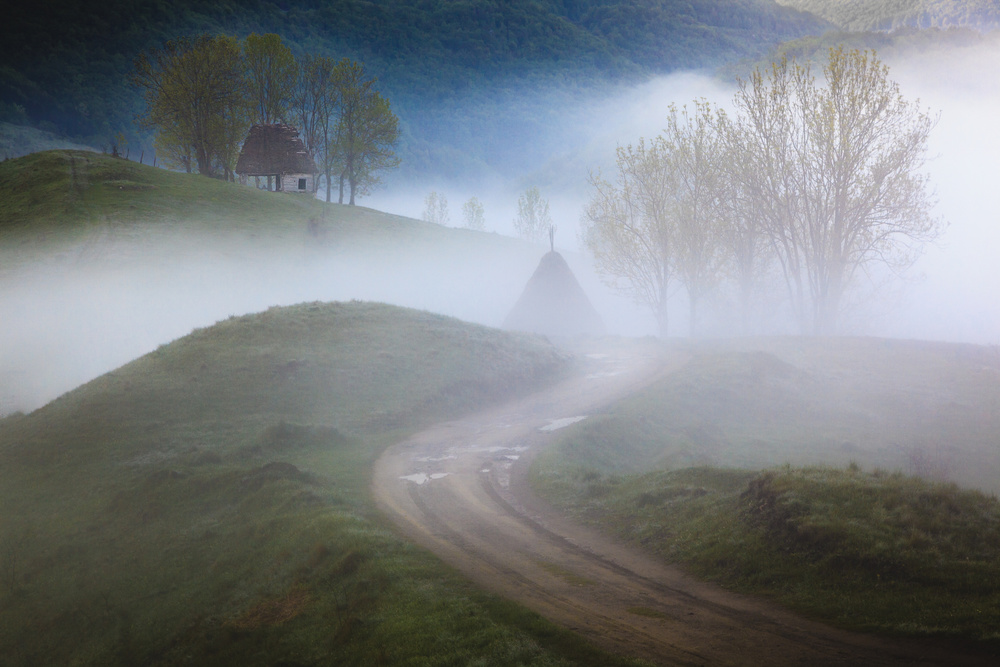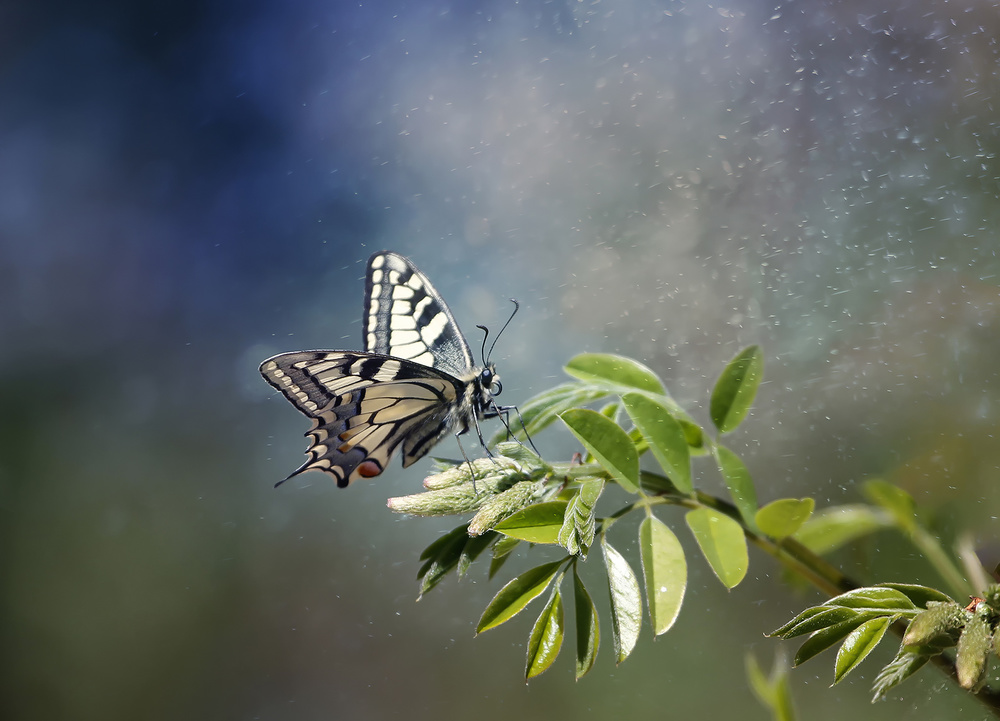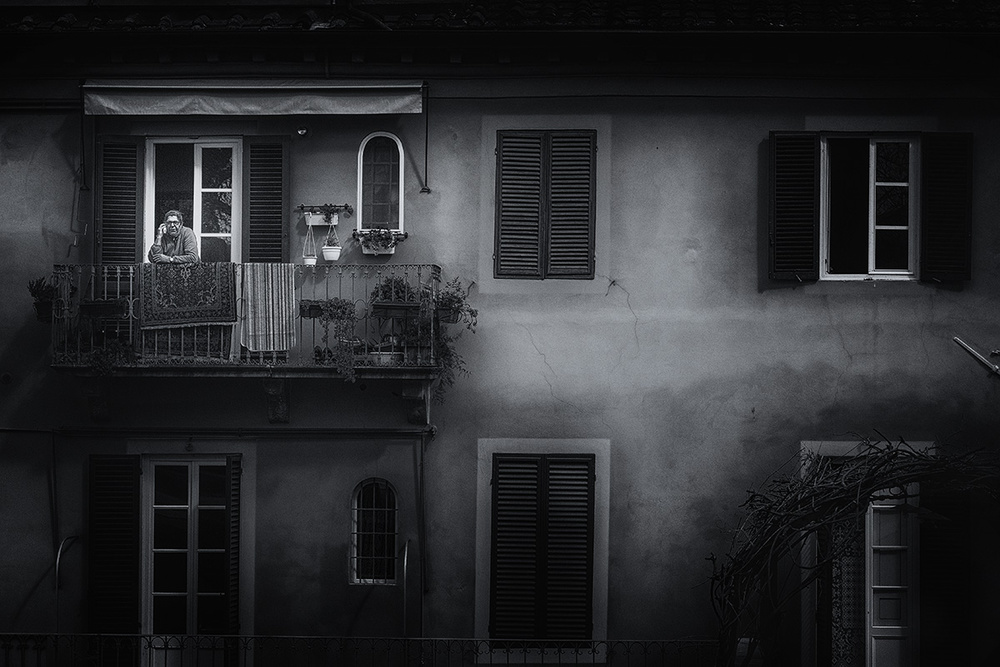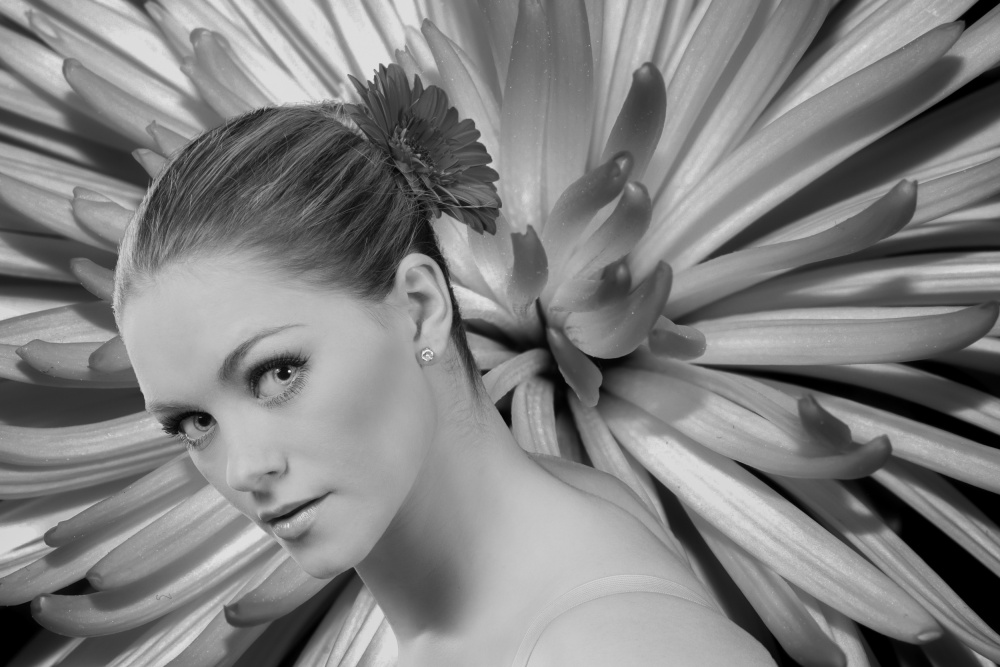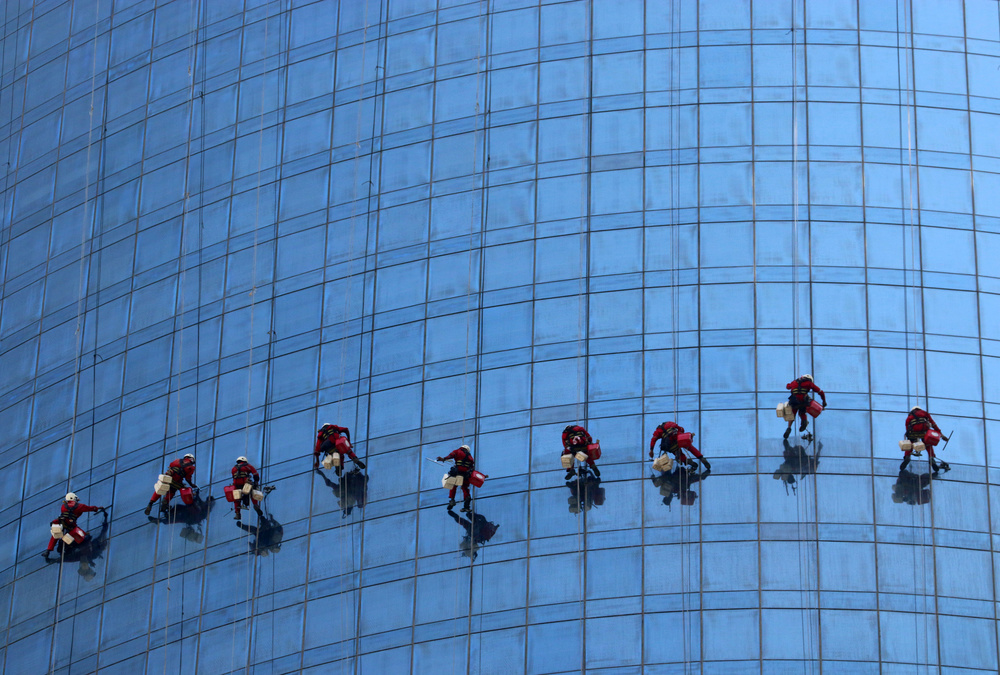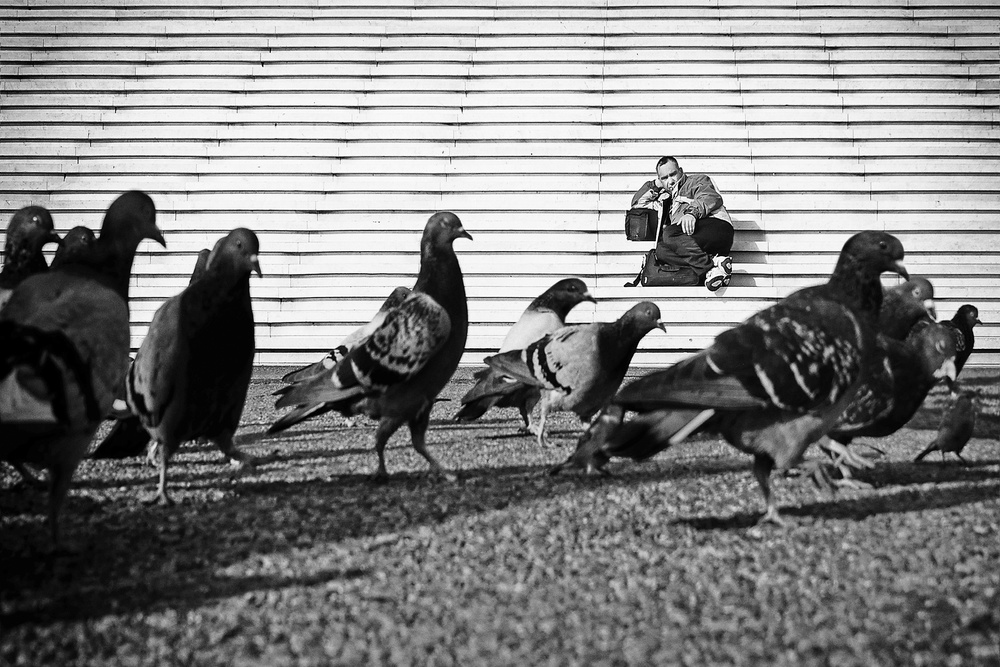Contests
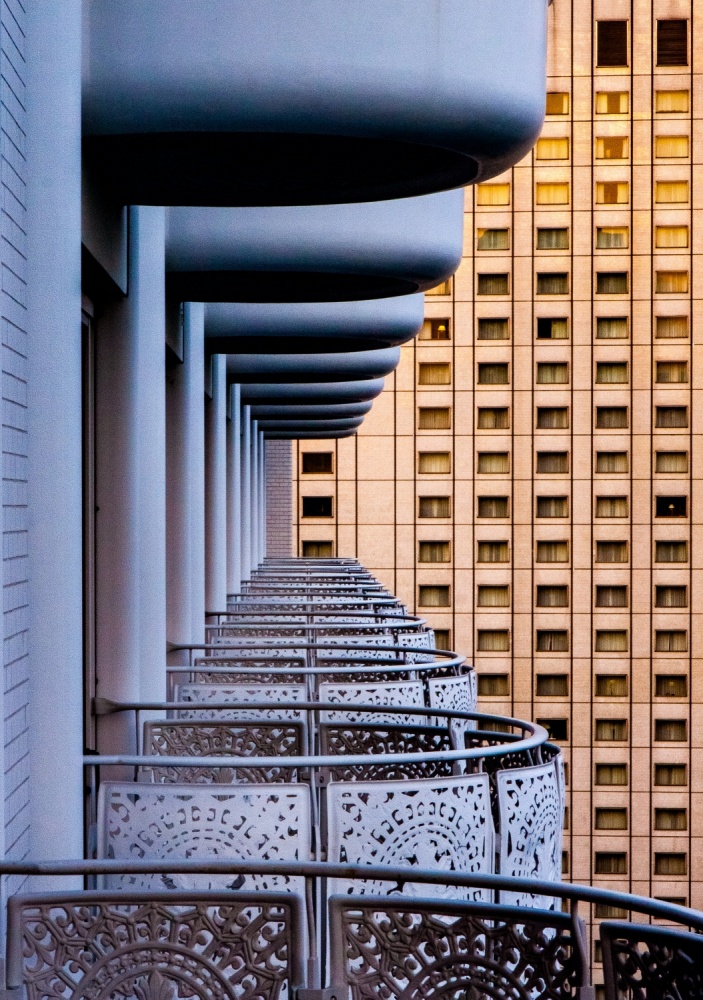
Tokyo Balconies
1x Blog Contests' .
1) The balconies are actually a dirty white color, but my Canon DSLR came up with a much more pleasant choice of hue than the ones that Lightroom suggested. None of my White Balance experiments in Lightroom improved upon the As Shot setting, so that's where I left it, resulting in a nice complement between peach and purple.
2) I cropped off the unattractive sliding door on the left side, and I cropped a bit off both the top and bottom to remove some distracting parts and to ensure symmetry. I didn't like the cut-off row of windows running down the right margin, so I cropped just a bit off that side to provide a more natural border on the peach building.
3) I didn't adjust Exposure, but the light was extremely soft, so the most important processing on this image involved contrast, which I enhanced in multiple ways. First I adjusted Contrast to 83 and then increased Whites to 46.
4) I like deep blacks in most of my images, and I accomplished that in this one using a combination of two sliders. First, I opened up the Tone Curve panel and moved the leftmost of the three triangles under the curve to the far left position, minimizing the amount of the curve that would be affected by the Shadows slider ("10" will appear when hovering the cursor over it). I moved the Shadows slider all the way to –100. This deepens the very lowest tones, while leaving adjacent ones alone. Then I moved to the Blacks slider, adjusting it until I was happy with the effect. It was set to –56.
5) I almost always like some Vibrance in my images, and normally I don't touch Saturation, but in some cases I experiment with a combination of both. In this image, I ended up setting Vibrance to +34 and Saturation to +44.
6) Sharpening was relatively simple, setting Amount to 60, leaving Radius set to 1.0, experimenting with Detail and finally choosing 38.
7) After applying all of the previous contrast enhancements, the large areas of pastel color wound up with some unattractive noise, so I moved the Color Noise Reduction slider to 100. I didn't apply any Luminance Noise Reduction.
8) I didn't adjust anything in the Lens Corrections or Effects panels, but as a final step, I did do a small amount of local correction, setting the Adjustment Brush on a negative exposure and burning in the left edge of the image as well as the patterened cast iron located in the bottom-left corner.
9) I've experimented with different processing on this image, but I haven't found anything that I like as much as this first attempt in Lightroom. The peach and purple color schemes are just as important to the success of this image as the repeating shapes, and a monochrome image is not interesting.
Entering this in a local camera club competition, someone who didn't recognize what it was placed it on an easel, but turned it on its side. That gave me the idea to transform it into something different. I copied the top half, pasted it back as a mirror image and then rotated the entire image 90 degrees counterclockwise. The result can be seen below. It's obvious that the rectangles are windows, but the balcony ceilings have taken on a surreal appearance. The mirrored version helps demonstrate how symmetric composition is used in the original image.
. '
by Jay Heiser
What has turned out to be my most successful photograph is a grab shot, quickly captured when the early stages of sunset temporarily bathed a previously unremarkable set of balconies in peach and purple light. I picked up my camera, cranked down the aperture and managed to snap a couple photos just as the sun started to fade. Some of my favorite images took several hours of work in Photoshop, but this image only required a short visit to Lightroom.
This scene suddenly appeared at 6:50 p.m. in late June during a business trip to Tokyo. I did have a tripod, but instead of taking the time to attach my tripod bracket, unpack the tripod and carefully set up a composition, I hurriedly walked out onto my balcony and quickly lined up a handheld shot. My preparation consisted of having my camera close by and being familiar enough with its operation to take the shot I wanted before it disappeared.
An aperture of f/18 was arguably smaller than necessary, but I wanted every balcony in focus. Compromising between noise and shutter speed, I set the ISO to 800, resulting in a relatively slow shutter speed of 1/20 second. I left the image stabilizer turned on, and I can normally shoot handheld at relatively low speeds, especially when I brace myself against something solid, which I did in this case.
Shooting at eye level to keep the camera vertically aligned, I maintained vertical symmetry between the upper and lower balconies. Zoomed all the way in to 55 mm (88 mm equivalent), the use of a short telephoto focal length helped to compress the perspective, minimizing the size of the nearest balconies and maximizing the relative size of the distant ones. I manually set the focus point on the side of the balcony two doors down, based on the theory that at such a small aperture, that was close enough to the hyperfocal point.
I tried one more composition, leaning out over the balconies, but it was not as interesting as this shot through the balconies. Then the light changed, and the shoot was over.
An aperture of f/18 was arguably smaller than necessary, but I wanted every balcony in focus. Compromising between noise and shutter speed, I set the ISO to 800, resulting in a relatively slow shutter speed of 1/20 second. I left the image stabilizer turned on, and I can normally shoot handheld at relatively low speeds, especially when I brace myself against something solid, which I did in this case.
"I manually set the focus point on the side of the balcony two doors down, based on the theory that at such a small aperture, that was close enough to the hyperfocal point."
Shooting at eye level to keep the camera vertically aligned, I maintained vertical symmetry between the upper and lower balconies. Zoomed all the way in to 55 mm (88 mm equivalent), the use of a short telephoto focal length helped to compress the perspective, minimizing the size of the nearest balconies and maximizing the relative size of the distant ones. I manually set the focus point on the side of the balcony two doors down, based on the theory that at such a small aperture, that was close enough to the hyperfocal point.
I tried one more composition, leaning out over the balconies, but it was not as interesting as this shot through the balconies. Then the light changed, and the shoot was over.
POST PROCESSING
The RAW file did not look especially appealing in Lightroom, but it only took a small amount of work to make a remarkable change in appearance.
1) The balconies are actually a dirty white color, but my Canon DSLR came up with a much more pleasant choice of hue than the ones that Lightroom suggested. None of my White Balance experiments in Lightroom improved upon the As Shot setting, so that's where I left it, resulting in a nice complement between peach and purple.
2) I cropped off the unattractive sliding door on the left side, and I cropped a bit off both the top and bottom to remove some distracting parts and to ensure symmetry. I didn't like the cut-off row of windows running down the right margin, so I cropped just a bit off that side to provide a more natural border on the peach building.
3) I didn't adjust Exposure, but the light was extremely soft, so the most important processing on this image involved contrast, which I enhanced in multiple ways. First I adjusted Contrast to 83 and then increased Whites to 46.
4) I like deep blacks in most of my images, and I accomplished that in this one using a combination of two sliders. First, I opened up the Tone Curve panel and moved the leftmost of the three triangles under the curve to the far left position, minimizing the amount of the curve that would be affected by the Shadows slider ("10" will appear when hovering the cursor over it). I moved the Shadows slider all the way to –100. This deepens the very lowest tones, while leaving adjacent ones alone. Then I moved to the Blacks slider, adjusting it until I was happy with the effect. It was set to –56.
5) I almost always like some Vibrance in my images, and normally I don't touch Saturation, but in some cases I experiment with a combination of both. In this image, I ended up setting Vibrance to +34 and Saturation to +44.
6) Sharpening was relatively simple, setting Amount to 60, leaving Radius set to 1.0, experimenting with Detail and finally choosing 38.
7) After applying all of the previous contrast enhancements, the large areas of pastel color wound up with some unattractive noise, so I moved the Color Noise Reduction slider to 100. I didn't apply any Luminance Noise Reduction.
8) I didn't adjust anything in the Lens Corrections or Effects panels, but as a final step, I did do a small amount of local correction, setting the Adjustment Brush on a negative exposure and burning in the left edge of the image as well as the patterened cast iron located in the bottom-left corner.
9) I've experimented with different processing on this image, but I haven't found anything that I like as much as this first attempt in Lightroom. The peach and purple color schemes are just as important to the success of this image as the repeating shapes, and a monochrome image is not interesting.
Entering this in a local camera club competition, someone who didn't recognize what it was placed it on an easel, but turned it on its side. That gave me the idea to transform it into something different. I copied the top half, pasted it back as a mirror image and then rotated the entire image 90 degrees counterclockwise. The result can be seen below. It's obvious that the rectangles are windows, but the balcony ceilings have taken on a surreal appearance. The mirrored version helps demonstrate how symmetric composition is used in the original image.
TIPS
1) Animals, people and natural light usually don't stand still, so if something compelling appears in front of you, always grab a quick shot first, before reaching for a tripod. If you are lucky, whatever it is that you are capturing will stay in place, and you will have the luxury of time to slow down, use the tripod and experiment with different exposure settings, compositions, focal lengths and lenses.
2) Between shoots I leave my camera on P (Program), Auto ISO, Image Stabilization and Autofocus, and I always leave it turned on. A quick tap of the shutter button and my DSLR is immediately ready to capture something unexpected without my having to stop and fiddle with the settings.
3) Unless the composition is radically tilted, architectural shots require careful attention to framing. Hold the camera level and ensure that the sensor is parallel to the subject. If the result is not fully parallel to the frame, or if it exhibits some keystoning (i.e., the building looks like it is falling backward), refine the framing in the digital darkroom with cropping and perspective correction.
2) Between shoots I leave my camera on P (Program), Auto ISO, Image Stabilization and Autofocus, and I always leave it turned on. A quick tap of the shutter button and my DSLR is immediately ready to capture something unexpected without my having to stop and fiddle with the settings.
3) Unless the composition is radically tilted, architectural shots require careful attention to framing. Hold the camera level and ensure that the sensor is parallel to the subject. If the result is not fully parallel to the frame, or if it exhibits some keystoning (i.e., the building looks like it is falling backward), refine the framing in the digital darkroom with cropping and perspective correction.
BIOGRAPHY
I've been shooting since I was nine years old with my formative darkroom years taking place in the context of a nationally ranked American high school yearbook. Although I worked for a newspaper for a short time while at university, photography is my avocation, not my career.
I've been the Photographer of the Year at several camera clubs in the USA and UK, and I have my LRPS distinction from the Royal Photographic Society. "Tokyo Balconies" is one of several of my images that have appeared in Amateur Photographer magazine's APOY competition.
Currently living in the USA and working full-time in the IT industry, I take photos because I have visual ideas but cannot draw or sculpt to save my life. I take photos because I discovered that it is a medium I can master to a degree that pleases other people. I take photos to tell stories about people, things, places and events, some of which are on my blog.
I've been the Photographer of the Year at several camera clubs in the USA and UK, and I have my LRPS distinction from the Royal Photographic Society. "Tokyo Balconies" is one of several of my images that have appeared in Amateur Photographer magazine's APOY competition.
Currently living in the USA and working full-time in the IT industry, I take photos because I have visual ideas but cannot draw or sculpt to save my life. I take photos because I discovered that it is a medium I can master to a degree that pleases other people. I take photos to tell stories about people, things, places and events, some of which are on my blog.



